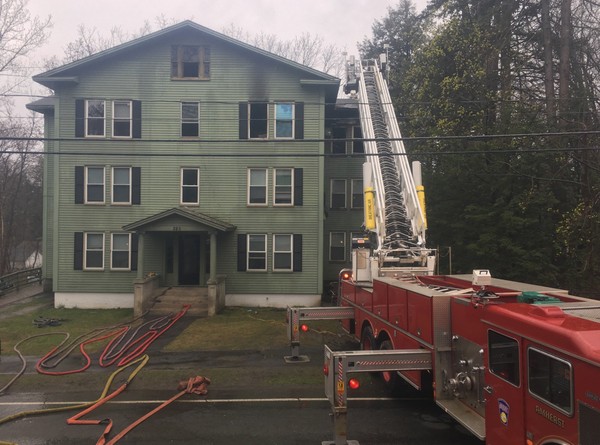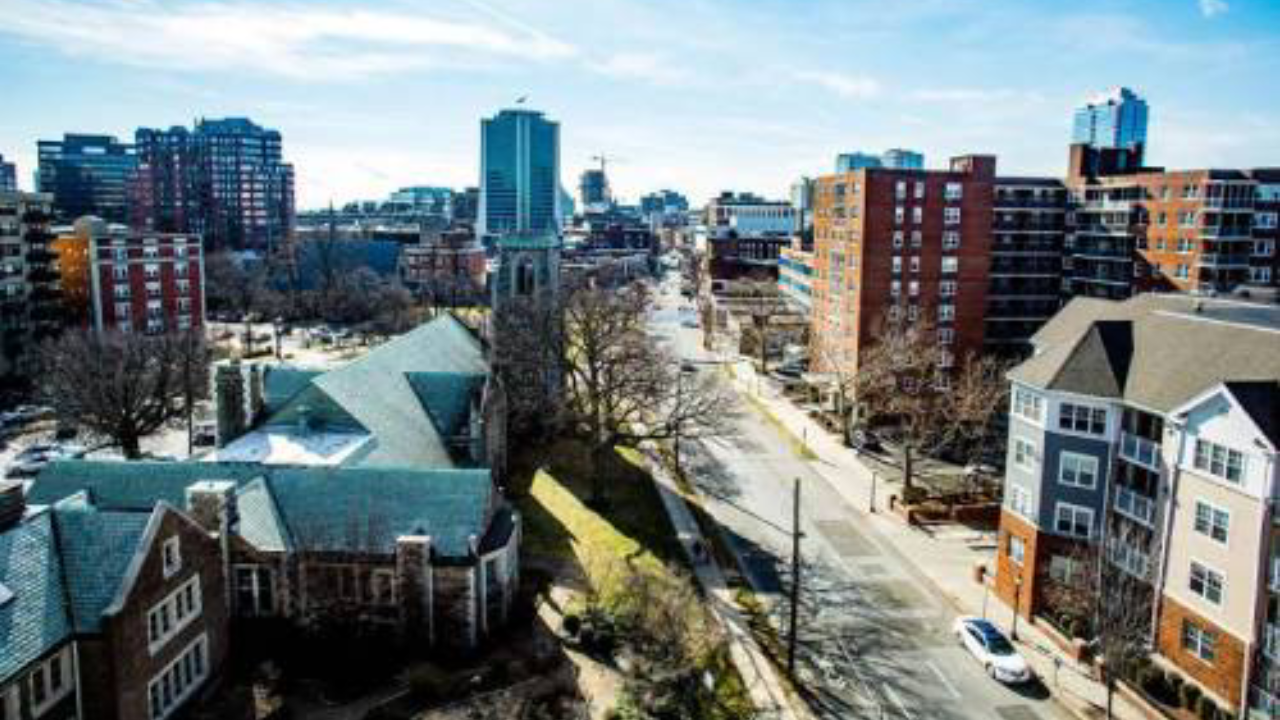Last Updated on March 4, 2022 by Alarm New England
If you are a homeowner with a mortgage, it is generally a requirement by lenders that you have homeowners’ insurance. While it’s not a legal requirement, it’s considered a good idea in terms of your financial plan and protection.
While most homeowners have this important insurance, very few actually know what homeowners’ insurance covers until they need to use it
Homeowners’ policies and coverage options will differ from policy to policy and state to state, here are some general coverage guidelines to help you better understand your insurance plan covers.
What Homeowners Insurance Covers
In general, a homeowners’ policy covers hazards that are specifically listed as covered events in your policy. Many homeowners experience an unfortunate accident or disaster and assume that their insurance will cover it, only to realize that a particular event is not covered by your policy.
There are four main categories of homeowners’ insurance coverage:
Coverage for the structure of your home – your policy will cover repairs or rebuilding of your home in the case of fire, hail, lightning, hurricane, or other events specifically listed in your policy.

Most insurance policies will also provide primary coverage for any detached structures you may have, such as a garage or shed.
Coverage for personal belongings – your personal belongings — clothes, furniture, appliances, electronics are covered under certain conditions. If damaged by a fire, hurricane or other disaster listed in your policy, you typically have between 50 and 70 percent of the coverage for personal belongings that you have on the structure of your home.

Expensive or valuables such as jewelry, collectibles, or artwork are usually covered in your policy, but there may be a restriction on the dollar amount. If you have a lot of these types of personal belongings, your best bet is to get the items appraised and purchase additional coverage for these valuables.
Interestingly, this coverage also includes trees and shrubs on your property. If these are damaged by a disaster that is covered under your policy, you will be covered up to a certain amount.
Liability Protection – this is coverage that protects you against potential lawsuits involving property damage or bodily injury to another person or their home.
This part of your coverage will pay for your court costs up to the amount that is stipulated in your contract. Most policies carry $100,000 of standard coverage which can be increased to meet your financial protection needs.
Your homeowners’ policy should also have no-fault coverage should a friend or neighbor get injured in your home. This is designed to reimburse them for medical bills or other injury-related expenses.
Additional Living Expenses – this coverage pays for the cost of living away from home — staying at a hotel or a relative’s home — if your property is uninhabitable due to a disaster. There are limits on this coverage, so it is essential to understand your particular policy guidelines before incurring expenses that might not be reimbursed.
What Homeowners’ Insurance Does NOT Cover
As important as it is to understand what your homeowners’ policy covers, it is equally as important to understand what it does not cover. The two big exclusions from homeowners’ policy coverage are earthquakes and floods.
Floods and Earthquakes
If you live in an area that has been deemed a floodplain, or prone to earthquakes, you are required to purchase a separate policy to cover damage from these incidents.

With some level of unpredictability when it comes to flooding and earthquakes, it may make sense to research your area and talk to a professional to consider purchasing these coverages. If you are not in a designated danger zone, the premium for these coverages should be minimal should one of these disasters ever strike.
Other Man-made and Natural Disasters
Other events that aren’t covered by your traditional homeowners’ policy include:
- Mudslides
- Landslides
- Sinkholes
- Warfare damage
- Nuclear accidents
Neglect
Another potential incident that homeowners’ insurance may not cover is damage that results from neglect. For example, if you have a failing roof that has needed replacement for years and a natural disaster exploits its structural weakness causing damage, you may not be completely covered.
Your insurance company may investigate the claim to determine the cause of the disaster. If neglect and not the storm are determined to be the cause, they may deny or reduce your claim. For this reason, it is important to maintain your property.
How Much Coverage Do I Need?
It’s not always easy to know how much coverage you should purchase for your home’s insurance. You want to make sure that you are covered for common disasters, but don’t want to spend an arm and a leg for coverage that you will never use.
Your mortgage lender will typically have minimum coverage stipulations that you must follow for your loan to be approved. But it also depends on your financial situation in terms of protecting your assets and liability levels. This is why it’s important to consult with an insurance professional who can help you determine appropriate amount of coverage based on your situation.
Insurance can be complicated but knowing the basics will prepare you to meet with an insurance professional and ask questions about what your policy covers and what is does not.







